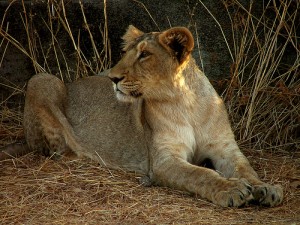 What started as a casual lunch time conversation at work turned into an experience of a life-time. I was scouting around for holiday destinations when a chance conversation with a colleague brought my attention to Gir – a national park in Gujarat which was not only the place where you could see lions, but the only remaining wild home of the endangered Asiatic lion (Panthera Leo Persica) in the world.
What started as a casual lunch time conversation at work turned into an experience of a life-time. I was scouting around for holiday destinations when a chance conversation with a colleague brought my attention to Gir – a national park in Gujarat which was not only the place where you could see lions, but the only remaining wild home of the endangered Asiatic lion (Panthera Leo Persica) in the world.
2 months later I found myself standing outside Junagadh station. Hot and confused whether I should wait for the ST bus or take a private cab to Sasan, comfort soon triumphed over economy and I found a cab driver willing to take me to Sasan for INR 900. The driver seemed to consider it his moral duty to prepare me for the worst and said that only 50 percent of the tourists actually managed to see a lion. He then consoled me by saying that I could always visit the interpretation zone, Dewalia Park where lions were kept within fenced boundaries in their natural environment unlike the open jungles of the national park.
Next morning our four-wheeler entered the safari gates precisely at 6:30 AM. For a city girl like me, it was like entering another world. The narrow path extending in front of the open Gypsy flanked by trees and shrubs on either sides was so picturesque, that for the moment I felt simply content to be there; lions or no lions!
The guide informed us that we would be going through the routes 2 and 6 where lions were frequently spotted. Gradually, animals began appearing from behind the dry forests. Chitals, Sambhars, langur monkeys, and many birds, but not the king himself – the lion. I began to believe that perhaps it was not my lucky day but a tracker came and tipped our guide that he had spotted a lion!
Five minutes later, our vehicle came across three lionesses and two cubs walking along the track ahead. It was indeed like witnessing royalty and just like one would be tongue tied in front of kings and queens, I felt totally at a loss of words in front of the regal beast. One of the lionesses sat down on the track to the left of our vehicle like a sentinel; unmoved by all the gawking and subdued oohs and aahs that were emitting around her. After allowing us to be snapped, she coolly walked away following the rest of the pride into the bushes.
In a total of four safaris and one trip in a private vehicle to Kankai temple, I was lucky enough to view the pride consisting of the 3 lionesses and 2 cubs twice on the same route, once walking and once sleeping. The lion with his marvellous mane remained elusive, giving only brief glimpses, once sleeping far away under a grove of trees and once more along the Kamleshwar Dam route but facing away. I had more luck with the leopards; spotting both a female and a male.
The other flora and fauna that we came across in the Gir National Park consisted of Sambar Deer, Nilgai, Marsh Crocodile, Gum trees, Saledi Trees, Banyan trees, Termite hills, Rose ring parakeets, Yellow footed green pigeons, the Ibis, the Lapwing and many more birds the names of which are unknown to me.
Why is the Asiatic lion endangered?
Asiatic Lions once roamed free across Northern India, as far as Jharkhand in the east, up to Narmada River in the south and even in northern Morocco and Greece. But these cats became an easy target of hunters owing to their sociable nature and their easily accessible habitat and by the close of the last century; they were extinct in all of the other places, save Sasan Gir. The timely protection accorded by the Nawab of Junagadh in the early 1900s and earnest efforts by the Government of Gujarat in following years averted the extinction of this remarkable mammal species, so much so that today the park boasts of a healthy lion population of about 400.
Gir National Park and Sanctuary – The conservation success story
What has made Gir a success story is the community effort and involvement. Situated in western Gujarat, Gir forest spans across Junagadh and Amreli districts. Out of the 1412 sq km that has been declared as Protected Area, 258.7 sq km is the National Park and 1153.4 sq km is the Sanctuary area.
Under the Gir Lion project,
- Protection measures to prevent lion poaching were strengthened by bringing into existence check-posts & wireless communication.
- About 600 Maldharis, the local tribes residing within the forest were re-habilitated along with their livestock.
- Traffic passing through the sanctuary area was regulated.
As a result lion population increased from about 180 in 1974 to 411 in 2010.
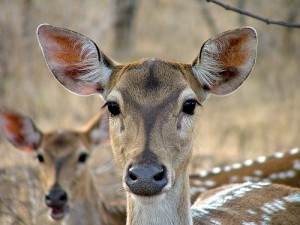 Flora and Fauna in Gir
Flora and Fauna in Gir
Gir forest is very rich in flora and fauna and houses about 400 species of plants, 38 species of mammals, around 300 species of birds, 37 species of reptiles and more than 2000 species of insects!
If a jungle safari brings to your mind the vision of dense green foliage, then you would be surprised, for Gir is a dry deciduous and semi arid forest with the majority of flora being teak wood trees. You will get to see a lot of dry thorny shrubs and dry grass which is an excellent camouflage for the lions as well as the second largest predator in Gir that is the leopard.
The other main carnivores in Gir include the Jungle cat, the Hyena, the Jackal, the mongoose, the Civet cat and the Ratel, although it’s quite difficult to spot them. Amongst prey animals, you will come across a lot of Chitals, Sambar Deer, and monkeys and if you go to the Kankai Temple which is in the heart of the forest, you may also get to see the shy Nilgai.
The resident avifauna species count in Gir is 300. Out of these, the most easily spotted species are the Yellow Footed Green Pigeon, the Rose ringed parakeet, the Ibis, the Indian Pitta, Tickell’s Blue Flycatcher and the Black Rumped Flameback. Besides the Asiatic Lion, Gir also has the largest population of the once endangered Marsh Crocodile.
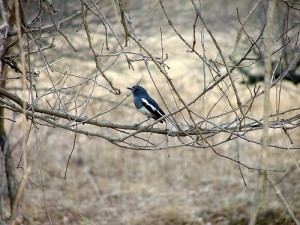 The Safari
The Safari
- The safaris start from Sasan-Gir; the headquarters of the Gir National Park and Sanctuary.
- Every day, three safaris (Duration: 2:30 hr each) are conducted. You can hire an open Gypsy, which is very thrilling and thoroughly recommended. A private covered vehicle can also be taken inside.
- The first safari starts at 6:30 AM for which one needs to queue up at 5:00 AM to get the permit for the safari. The second safari starts at 9:30 AM and the third and the last safari of the day commences at 3:30 PM.
Travel Tips
- The nearest railway station to reach Sasan is Veraval (40 kms) and nearest Airport is Keshod (90 km).
- The Government Guest house Sinh Sadan is the starting point for all safaris. It is therefore very convenient to book a room there itself. The booking has to be made 15 days in advance. The charges are quite nominal; 500 INR per day for a non-AC room and Rs 1500 INR for an AC room per day. However the most enticing reason for you to stay there would be because it is said that you can hear the lions roar in the night!
- If any safari guide has spotted the lions on a certain route earlier in the day or the previous day, it is advisable to take that route since lions are territorial animals and zealously guard their territory.
- Do go for the morning safari at least once. You will find the quiet awakening hours inside the forest very soothing. Also the lions are usually awake and seen walking at this time. In the afternoon, you will mostly find the lions snoozing in a copse sheltered from the hot sun.
- Do visit the safaris in summer as far as possible as that is the best season to spot most of the wild animals, when they flock to the water holes. The National park is inaccessible and closed during the rains that is from mid-June to September.
- Wear easily camouflaged colours like khaki and grey, so as to appear unobtrusive in the forest. You will have a better chance of observing the wildlife up-close that way.
- Never disembark from the vehicle. The forest may look safe but it is still abode of wild animals.
Related Stories:
10 Endangered Species and where to find them in India
Gujarat plans to Create first Gene Bank for Wildlife in India



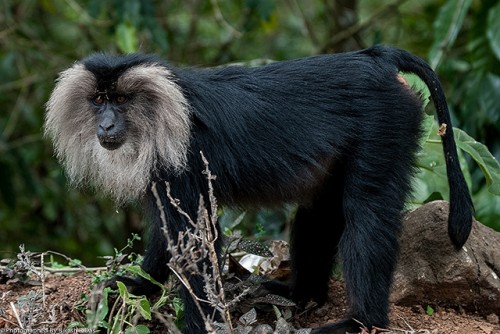
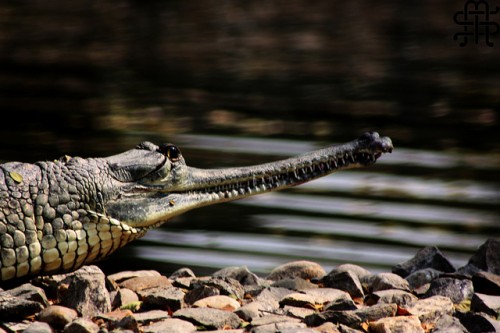
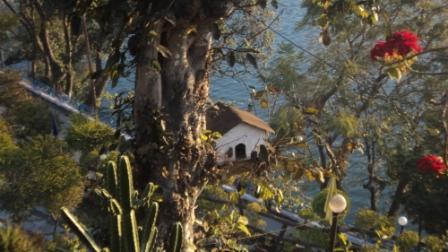
Quite Interesting!
thanks Akash.
Hey amazingly scripted fact..
Hmmmmmmm really good one..
Thanks Sunil. Keep visiting for more such stories.
Nice article….keep up the good work
Thank you Anupama. Glad you liked the article.
Like i had said earlier, u r gifted – u know to write really well!! m nt sure if the indiasendangered website is Search Engine Optimised, but if it is then googlers will have to go no further than your 1 page write-up, which acts as a 1-stop reference for anything and everything related to Gir forest. Kudos!
Thanks George. Glad you liked the write up. Do keep visiting this space for reading about more wildlife travel experiences.